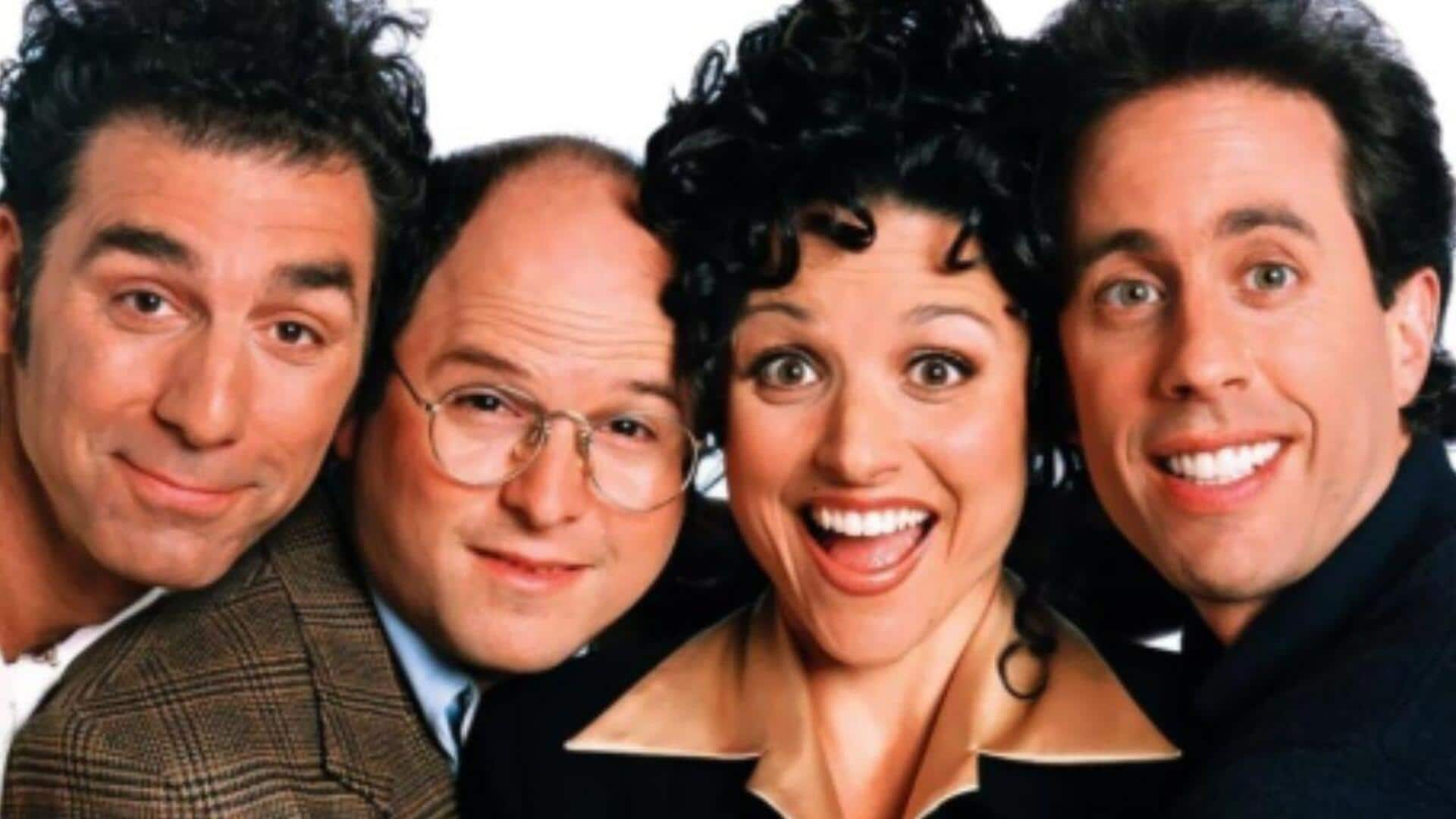
'Seinfeld' and the art of being awkwardly American
What's the story
The 90s sitcom Seinfeld was a window into America's everyday life and culture. With its distinctive humor and the relatability of its characters, it depicted so many facets of American life. The show had a knack for turning banal situations into comedic gold, and audiences all over the country could relate to that. Here are five times Seinfeld captured American life in all its quirkiness and absurdity.
Social dynamics
The art of small talk
In several episodes, Seinfeld brought the complexities of small talk, a quintessential American social custom, to the forefront. Be it Jerry's uncomfortable conversations or Elaine's attempts to avoid conversations at parties, these moments showed how Americans tend to rely on light-hearted banter to grease the wheels of society. This emphasis on small talk highlighted its importance in establishing connections and handling everyday interactions.
Consumer culture
The quest for convenience
The show often delved into America's consumerist ways through characters's persistent chase for convenience. From Kramer's obsession with the latest gizmos to George's search for an easy way out, Seinfeld showed how Americans tend to seek out the easiest, most convenient way to live their lives. This depiction struck a chord with audiences who saw themselves reflected in these comical situations.
City living
Navigating urban life
Set in New York City, Seinfeld provided a glimpse into city living that many Americans could relate to or aspire towards. The problems encountered by Jerry and his pals—like coping with quirky neighbors or hunting for parking—reflected real-life experiences for city dwellers throughout America. These portrayals gave a peek into both the charm and the bane of urban living.
Cultural commentary
Observing social norms
Through its characters, Seinfeld often delved into American societal norms, smartly tackling taboo subjects. Episodes like The Contest managed to touch on sensitive issues with humor, without crossing cultural lines. This was a mirror of the American culture's general attitude towards such subjects during the show's run, sitting somewhere between comedy and commentary on societal expectations.
Personal identity
Embracing individuality
Each character on Seinfeld had a distinct personality, which contributed so much to storylines through nine seasons. This diversity also showcased different facets within American society itself. From Kramer's eccentricity representing nonconformity against mainstream expectations, down to George's neurotic tendencies highlighting insecurities faced by many individuals navigating personal identity amidst societal pressures.